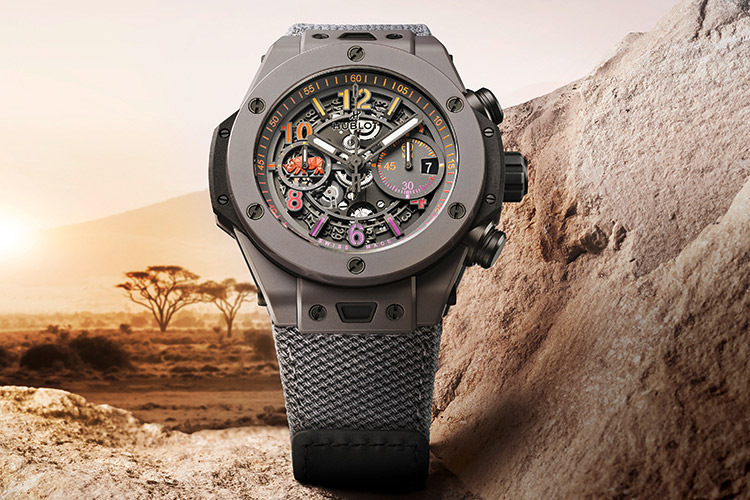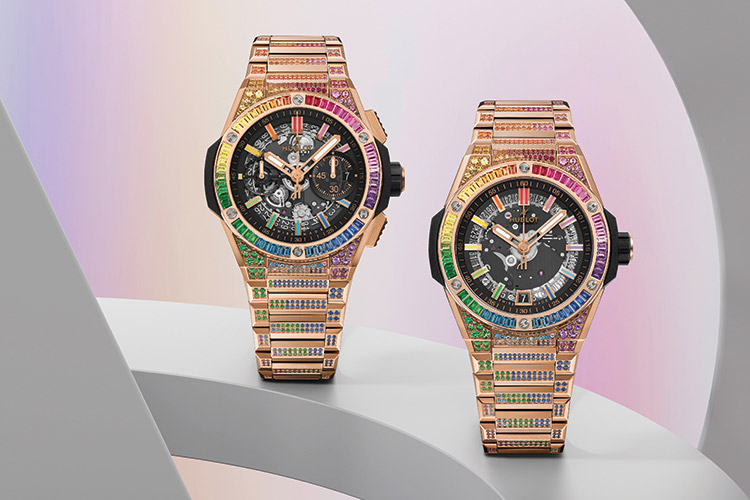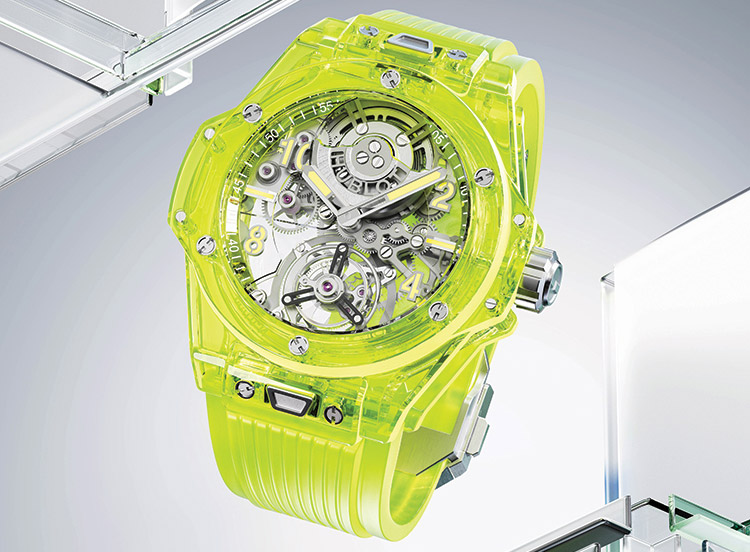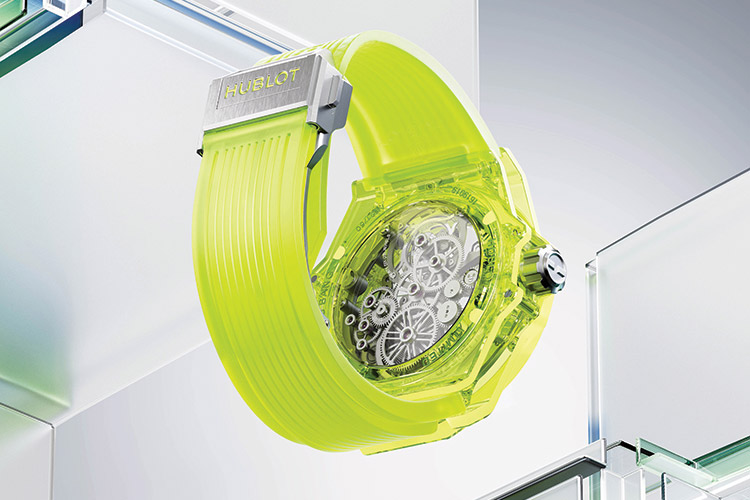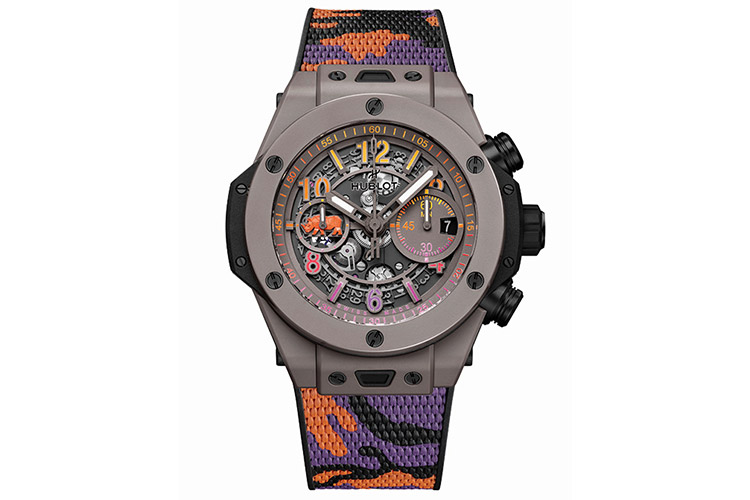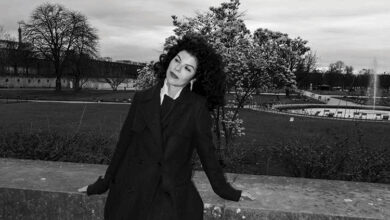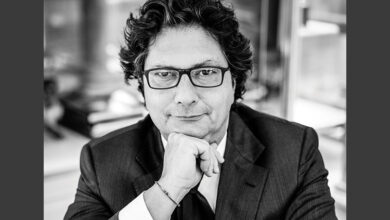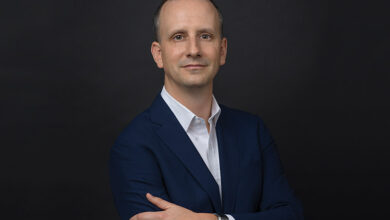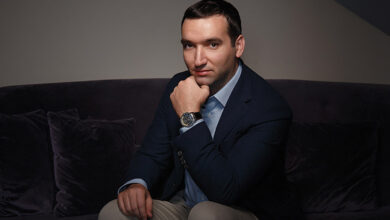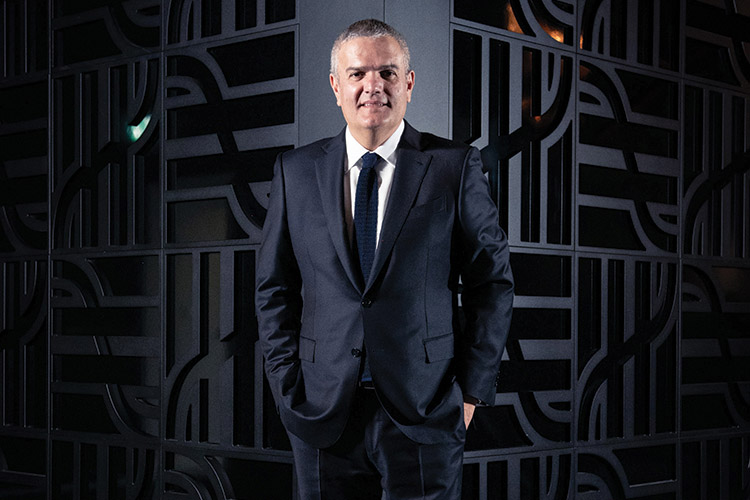
Watchmaking brand Hublot unveiled its latest novelties at the fourth edition of the LVMH Watch Week that took place in Singapore between January 10 and 12. “Day & Night” magazine sat down with Ricardo Guadalupe – CEO of the brand – to catch up with the latest happenings at the marque
You have had the opportunity to attend many World Cups; what is your feedback on the 2022 FIFA World Cup that took place in Doha?
Every FIFA World Cup is different, and each has its own charm. Brazil has, for instance, its own style, salsa, and Copacabana, while Russia had its own. Similarly, Qatar had its own style; a city like Doha that is very impressive, very clean, very safe. There was of course a bit less of an ambience than say a city like Rio de Janeiro. We had our Hublot Villa, which helped create the Hublot ambience in Doha. It was great to have a private space where all of our friends and clients could enjoy with like-minded people.
The World Cup itself was incredibly well-organised, and the stadiums were close enough that people could travel between them easily; it was wonderful to see 2 or 3 games in a day. This is unique and may not happen again. The next World Cup will take place in the USA and Canada; this means that you will have to take a plane to see another game. The Doha World Cup was superbly organised, the stadiums were unbelievable, and the quality of football was impressive. We had nice surprises throughout – like Morrocco, Japan – and it ended with the France-Argentina match, something that hasn’t happened before. It was one of the most interesting matches ever. I have watched four World Cup finals, and this was by far the best.
Let’s talk about the Big Bang Tourbillon Automatic Saxem Yellow Neon; how was such a unique colour as the Yellow Neon created?
Hublot now specialises in sapphire; since we came out in 2016 with crystal clear sapphire, we have been looking at ways to create colours and we have come out with yellow, orange, and purple. But we wanted to produce a fluorescent colour; during our experience with the emerald green, we realised that sapphire would not work by itself. We needed Saxem, where we add some extra materials to the raw material to get this fluorescent colour. It has been quite a long process, almost four years of research. To create the raw material, it takes us around 2-3 months and we made several attempts before we got the truly right colour we wanted. Today we have a Yellow Neon; tomorrow, it could be something else.
Does Hublot now have the technology to create any colour?
Many colours can be done in sapphire and Saxem. All colours of the palette may not be possible, but we can do many colours – for instance, fluorescent orange.
How did the idea of recreating the Original Classic Fusion start?
We have been thinking of it since our 40th anniversary in 2020; we should never forget where we come from, and roots are very important for any brand. For Hublot, the 1980 watch is the beginning of what we call the First Fusion – putting together a rubber strap with a yellow gold case. There are always cycles, and in the watch industry, the cycle usually lasts around 15-20 years. It is 18 years since we launched the Big Bang and stopped production of the Classic Fusion around the same time. Now, we think is the right time to go back to our roots and come back with an understated watch, one inspired by our 1980 masterpiece – no indices but slightly different as we are using ceramic that did not exist earlier. We are using titanium instead of steel, but we are also bringing back the 18-karat yellow gold as well. This will be an ongoing line.
How hard was it to bring out two sizes of the Rainbow – the Big Bang Unico Integrated Rainbow and the Big Bang Unico Time Only Rainbow – at the same time, especially given that the integrated bracelet is very facetted and is diamond-set?
The main difficulty is finding the right colours of the rainbow on the bracelet – getting the gemstones with the right shades and colours – while on the case, it is getting the different sapphires and tsavorites. We have more than 700 gemstones on each bracelet; sorting the stones and materials is as a big task as is setting them. It is all done manually – piece by piece, stone by stone. The baguette stones are also difficult as the supply of such stones is very difficult at the moment, because a lot of brands are now doing rainbow watches. As of now, the delivery time for baguette gemstones can be anywhere between 8 and 12 months.
Hublot is now offering the third edition of the SORAI – the Big Bang Unico SORAI; how did that partnership begin?
It started during the 2017 ICC Cricket World Cup in England, where I first met Kevin Pietersen, who founded the Save Our Rhinos Africa and India (SORAI) foundation. There is also the link to sports as he is a professional cricketer. He explained about his project in South Africa and invited me there; during my visit, I saw the African bush and the sanctuary that works with rhinos, and we decided to do something together. It is quite simple sometimes; I saw the project, the people who work there, the rangers, and it was very convincing.
Is Hublot interested in teaming up with other institutes in terms of giving back to the world?
Yes; we now have a marketing concept that is linked to sustainability and protection of the planet. As part of this, we work with SORAI for the rhinoceroses; for the ocean, we are working with a project called Polar Pods, where we are financing a mission that will travel to Antarctica. We also have other collaborations in the pipeline – projects that will cover the air, earth, and sea. We are looking at working with some project that works on mitigating air pollution. Of course, there has to be an element of storytelling behind a concept, but we are involving ourselves in really serious projects.
When is the Polar Pod expedition that Hublot announced its collaboration with during Watches and Wonders 2022 slated for?
The Polar Pod is a vertical vessel that is in the process of being built now and is expected to take around 2 years. The mission should travel from South Africa to Antarctica in 2025, if all things go per schedule.
Hublot has announced the building of a new Manufacture; can you tell us about the new building?
Yes, we are expanding so as to double our production of in-house movements, and to increase production of our cases that use technical materials such as ceramics, sapphire, and carbon fibre. It will be quite big, around 15,000 sqm, right next to our existing H2 building. We are planning to move the existing facilities of H1 to the new building and the H1 would be taken over by the Watch Division of LVMH. We are also constructing another big building that will house a restaurant, a nursery that can accommodate around 24 children, a space for start-ups, a gym, a museum / exhibition centre, and a conference room for 150 people.
